Teaching with Your Mouth Shut 0th Edition by Donald L. Finkel
Get it at AMAZON
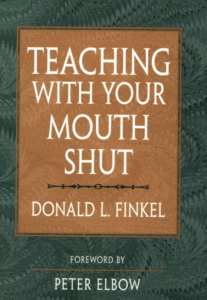 Our traditional “Great Teacher” teaches by telling, inspiring students through eloquent, passionate oration. For Donald Finkel this view is destructively narrow: it takes for granted that teachers teach, fundamentally and centrally, by telling students what they are supposed to know. In Teaching with Your Mouth Shut, Finkel proposes an alternative vision of teaching – one that is deeply democratic in its implications.
Our traditional “Great Teacher” teaches by telling, inspiring students through eloquent, passionate oration. For Donald Finkel this view is destructively narrow: it takes for granted that teachers teach, fundamentally and centrally, by telling students what they are supposed to know. In Teaching with Your Mouth Shut, Finkel proposes an alternative vision of teaching – one that is deeply democratic in its implications.
Each chapter in this book presents a case study, a story, or a sustained image of a teaching situation – a set of “circumstances” that produces significant learning in students. Each makes sense of the title of the book in a particular way. Each enriches its meaning by one increment. The idea of “teaching with your mouth shut” is explored, exemplified, and varied to such an extent that it ultimately specifies a comprehensible approach to teaching – along with a host of concrete teaching possibilities. In the end, not only will your notion of good teaching be transformed, but so too your sense of what may be signified by the word “teaching” itself.
Teaching with Your Mouth Shut is not intended as a manual for teachers; it aims to provoke reflection on the many ways teaching can be organized. The book engages its readers in a conversation about education. Thus, its purpose is not so much to reform education as it is to provoke fruitful dialogue about teaching and learning among people who have a stake in education.
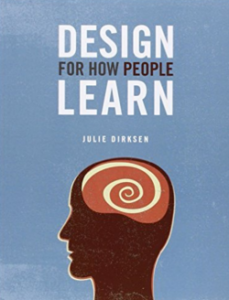 Design for How People Learn (Voices that Matter) by Julie Dirksen (2011)
Design for How People Learn (Voices that Matter) by Julie Dirksen (2011)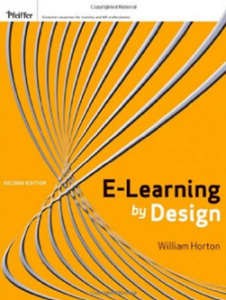 E-Learning by Design by William Horton (2011)
E-Learning by Design by William Horton (2011)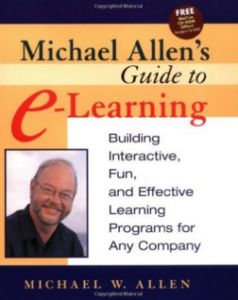 Michael Allen’s Guide to e-Learning: Building Interactive, Fun, and Effective Learning Programs for Any Company by Michael Allen
Michael Allen’s Guide to e-Learning: Building Interactive, Fun, and Effective Learning Programs for Any Company by Michael Allen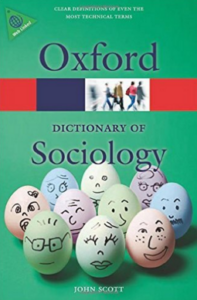 Dictionary of Sociology by John Scott
Dictionary of Sociology by John Scott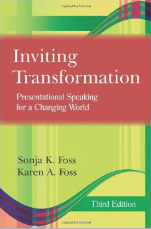 Inviting Transformation: Presentational Speaking for Changing the World by Foss & Foss
Inviting Transformation: Presentational Speaking for Changing the World by Foss & Foss Reaching and Teaching Students in Poverty: Strategies for Erasing the Opportunity Gap by Paul C. Gorski
Reaching and Teaching Students in Poverty: Strategies for Erasing the Opportunity Gap by Paul C. Gorski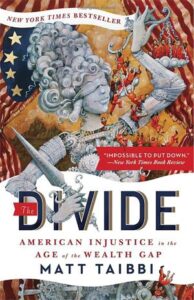
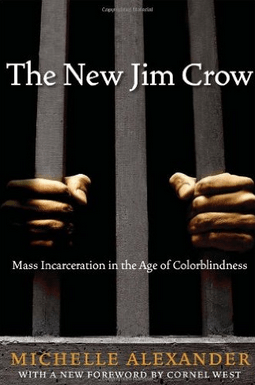
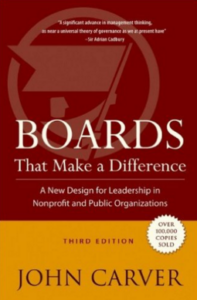 Boards That Make a Difference: A New Design for Leadership in Nonprofit and Public Organizations by John Carver
Boards That Make a Difference: A New Design for Leadership in Nonprofit and Public Organizations by John Carver